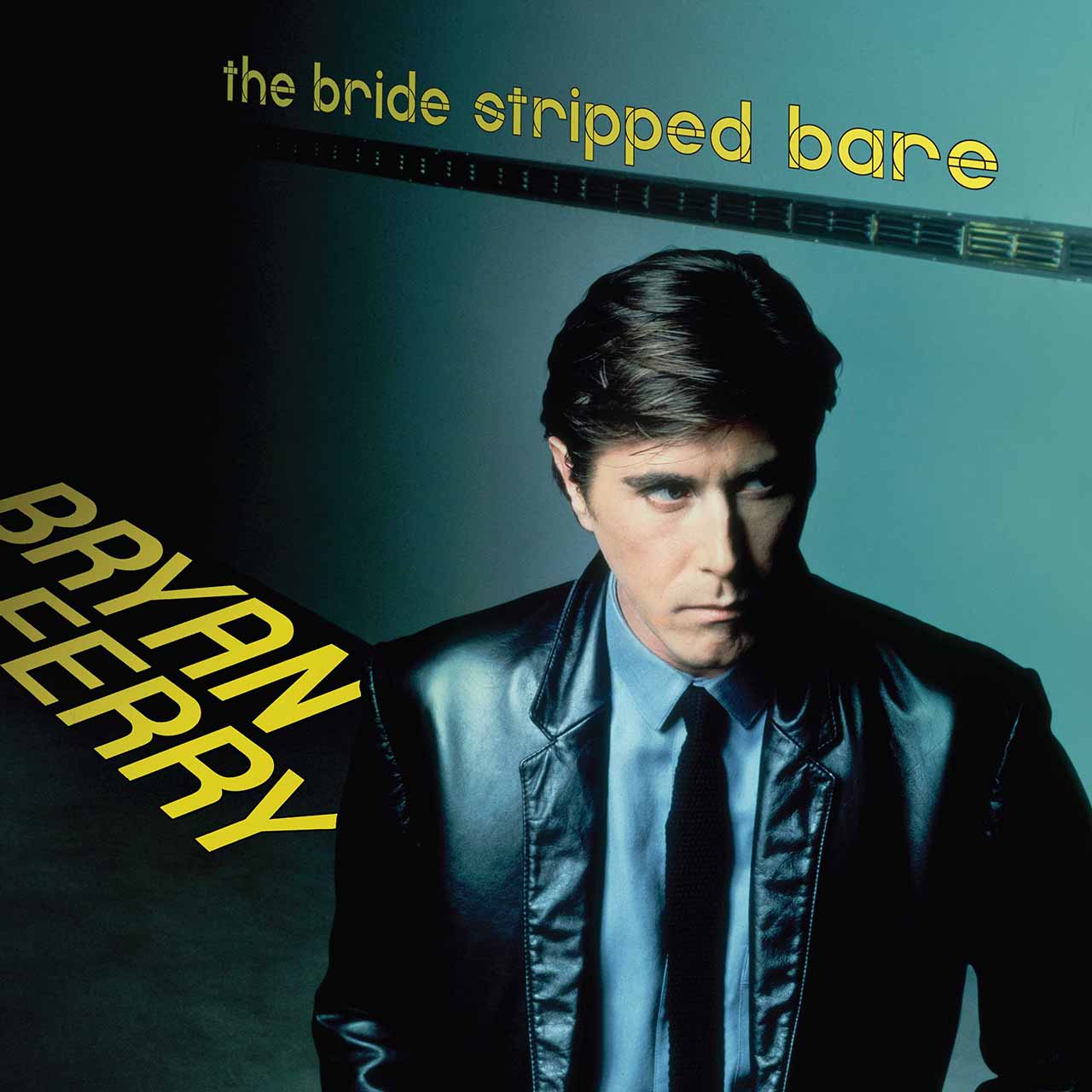Timing is everything. And that was certainly the case with Bryan Ferry’s fifth solo set, The Bride Stripped Bare. Issued on September 1, 1978, its arrival was overshadowed by the news of Roxy Music’s three-year hiatus coming to an end – with the newly-reunited band ready to begin working on its high-profile comeback album, Manifesto.
In retrospect, it’s also fair to say that The Bride Stripped Bare was hard to quickly understand simply due to the diversity of its contents – even though Bryan Ferry always intended it as a vehicle for an eclectic gathering of songs.
Listen to Bryan Ferry’s The Bride Stripped Bare now.
“I wanted it to be extracts, if you like, of various styles and moods,” he reflected in an interview reproduced on the Viva Roxy Music website. “And to get into the art-conceit of the title, which is taken from a work (The Bride Stripped Bare By Her Bachelors, Even) by the (French conceptual) painter Marcel Duchamp.”
He added, “The original Bride Stripped Bare… was full of strange elements adding up to one thing, one statement. To me, that’s what this album is. It has an Irish folk song, some early Memphis things, an Al Green song and a Lou Reed song. I’ve always wanted to do a Lou Reed song. I like playing about with other people’s songs.”
Recorded in wintry isolation at Mountain Studios in Montreux, Switzerland, The Bride Stripped Bare featured musicians such as guitarist Neil Hubbard, bassist Alan Spenner and saxophonist Mel Collins, all of whom previously appeared on In Your Mind. The studio atmosphere leant towards melancholy, with the mood further informed by Ferry’s recent split with his girlfriend, the Texan model Jerry Hall (previously the cover star from Roxy Music’s Siren). This life-changing event fueled several of The Bride Stripped Bare’s most resonant self-penned songs such as the world-weary “Can’t Let Go” and the excellent “When She Walks In The Room”: an expansive ballad which somehow reconciled Rick Marotta’s nervy, reggae-style drumming with Ann O’Dell’s glorious string arrangement.
Indeed, it’s to Ferry’s credit that he was able to channel his personal heartbreak into a string of fantastic performances on The Bride Stripped Bare. The punchy, new wave-inclined “Sign Of The Times” caught him in a more reflective mood, while the terse, chromatic atmosphere of the layered, synth-led “This Island Earth” presaged the sophisticated sound of David Sylvian’s Japan. He also poured his heart and soul into a selection of covers, and while they were drawn from disparate sources, Ferry’s remakes and re-models of The Velvet Underground’s “What Goes On,” Sam & Dave’s “Hold On (I’m Coming)” and even the traditional Irish air of “Carrickfergus” were never less than convincing.
The Bride Stripped Bare had its high-profile champions, not least the U.S. music critic and author Greil Marcus, who declared it to be “comparable, in its way, to Van Morrison’s Astral Weeks, John Cale’s Vintage Violence, or Bob Dylan’s Blood On The Tracks” in a glowing Village Voice review. A long-term favorite of the artist himself (who has since referred to it as “a very, very emotional album”), it’s a record deserving of far more kudos and it remains ripe for rediscovery today.




